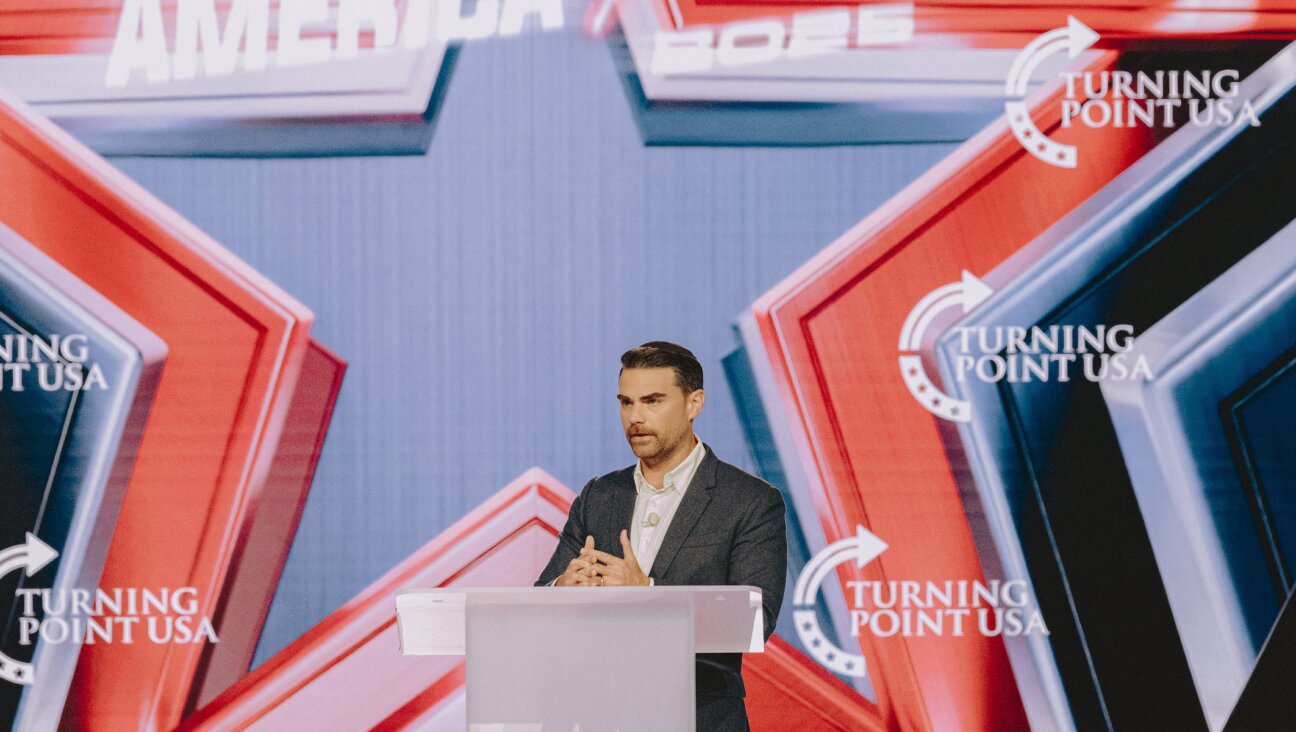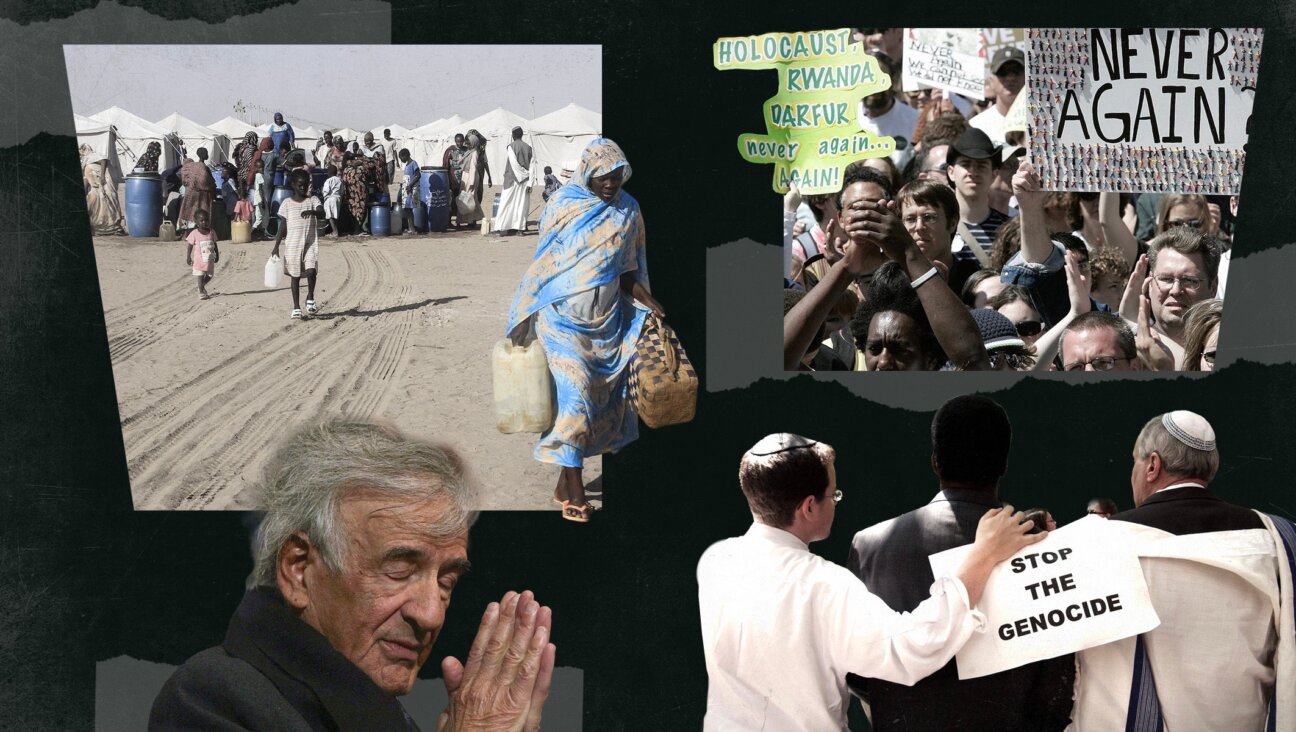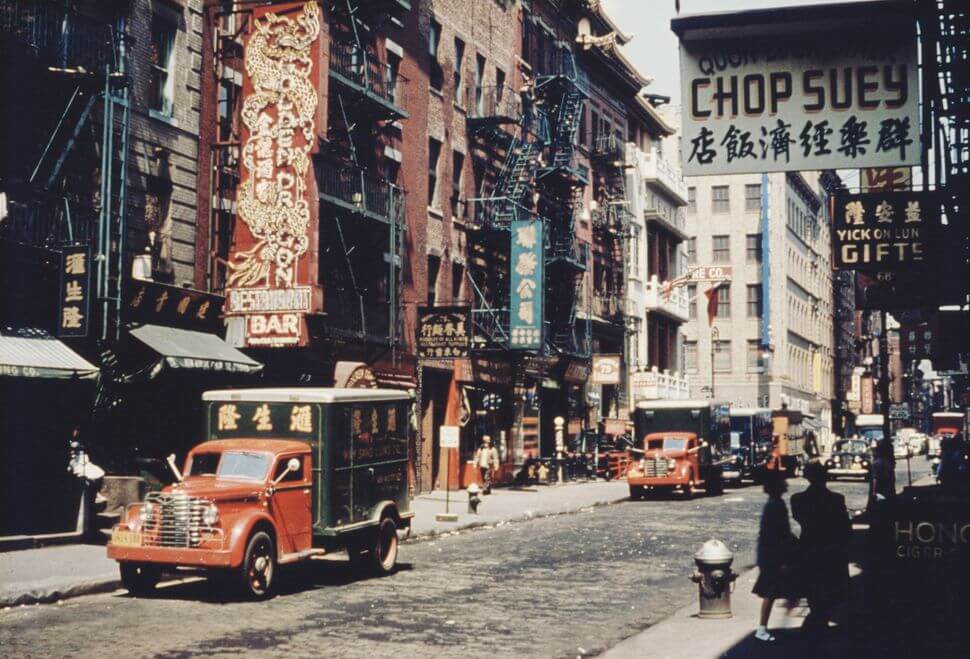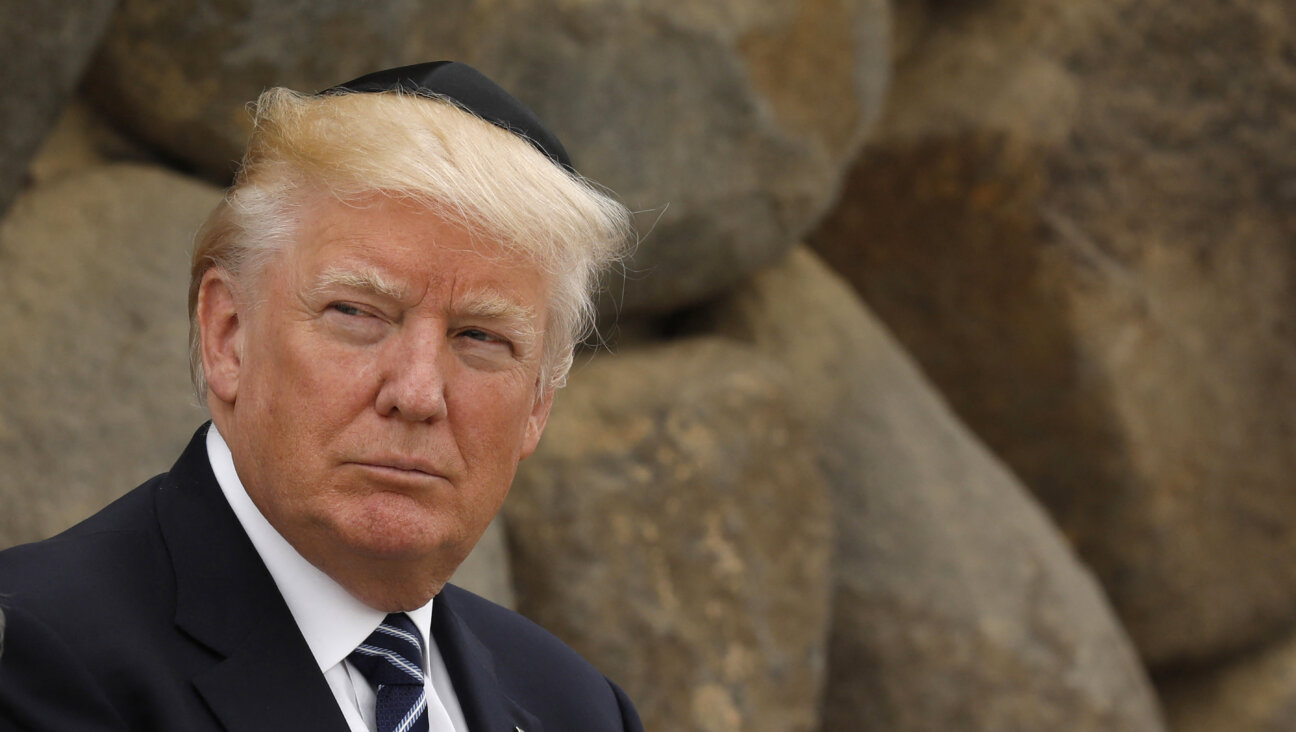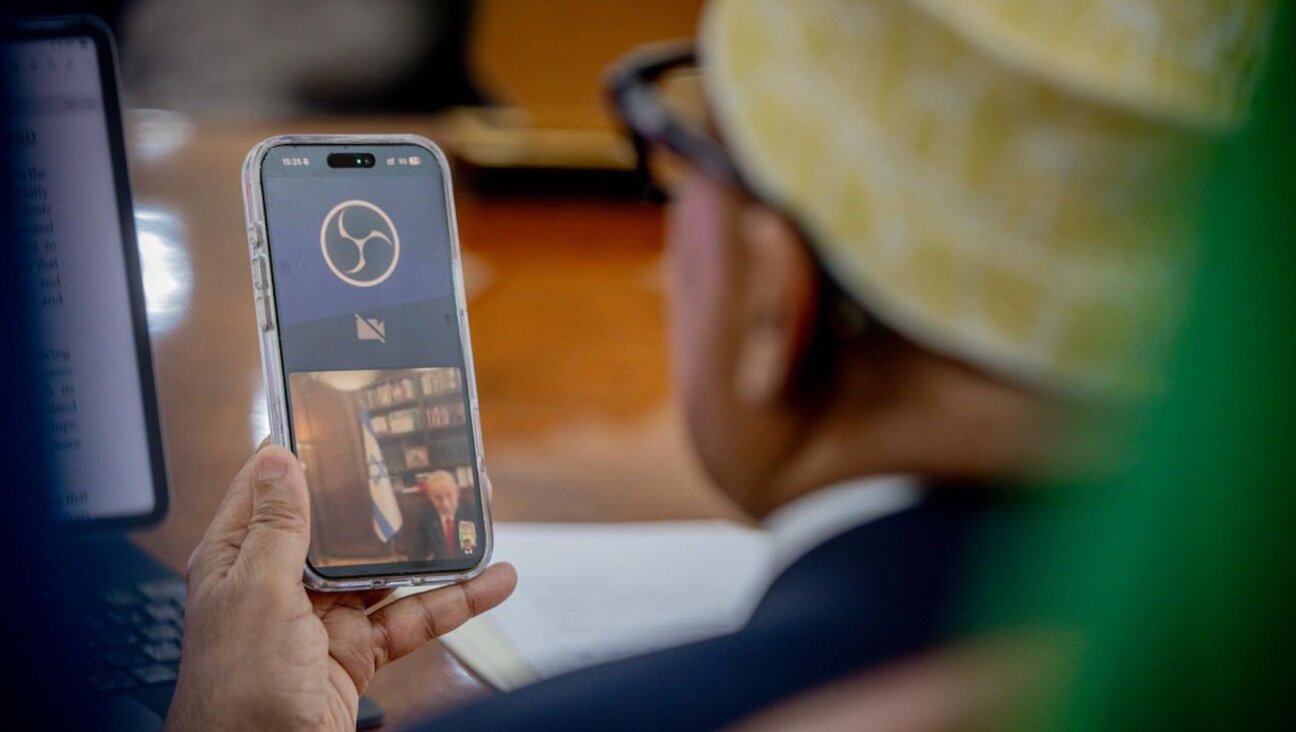Place for Mourning Fails To Stir Descendants of Hitler’s Victims
When it comes to remembering, Jews like to think they do it best.
That’s why, as the German capital unveils the Memorial to the Murdered Jews of Europe 60 years after the end of World War II, reactions from Jews in Berlin are ranging from the emotional to the apathetic and removed.
“It was an initiative by Germans and for Germans — not for the Jews,” Uri Faber, a culture and education spokesman for the city’s Jewish community, said. “I don’t think any Jew from any country will come to mourn in this place.”
Initially scheduled to break ground on January 27, 1999, the anniversary of Auschwitz’s liberation and the date Germany designated as Holocaust Remembrance Day, the memorial’s construction only got under way two years ago. Now its long-awaited inauguration on May 10 may attract politicians, dignitaries and the press — but probably not many Jews.
“For remembering I don’t need any memorial,” said Hermann Simon, director of Berlin’s New Synagogue’s Centrum Judaicum.
Never was a monument so thoroughly discussed and widely controversial as this expansive — and expensive — one, plopped smack in the middle of a city already loaded with reminders of the Holocaust and the country’s dark past. The memorial — which is just around the corner from Hitler’s bunker and looks on to Brandenburg Gate, the Reichstag and certain remains of the Wall dividing east and west, spreads in cemetery-like silence across five acres of downtown Berlin. Designed by New York City architect Peter Eisenman and built for 27 million euros, the memorial is a gravel field composed of 2,757 gray stone pillars sunk into hilly ground at varying heights, creating a wavelike labyrinth for visitors to walk through, lose themselves in — and, in the words of James Young, a historian of memorial architecture, “find their own path to the memory of Europe’s murdered Jews.”
The underground visitor center contains a museum that curators deliberately kept small so as not to pull attention away from Berlin’s more thorough, educational sites like the Jewish Museum and the Topography of Terror.
In a country where half the people under age 24 reportedly don’t know about the Holocaust (based on a Berliner Morgenpost poll released April 25), Michael May, executive director of Berlin’s Jewish community, had hopes that the memorial would raise attention and stand as “a symbol that finally gives the stamp of approval, and official acceptance, of German guilt and responsibility for the Holocaust.” But the tortured process, from conception to completion, alienated him and many of the relatives of those whom the memorial was built to remember.
“Although it’s such a monumental achievement, the memorial has left the Jewish community feeling cold and aloof,” May said in the week before its official opening on May 10, the 60th anniversary of the war’s end.
Proposed in 1988 by journalist Lea Rosh and historian Eberhard Jäckel, discussions about the memorial devolved into a decade of rancorous debate, as politicians and citizens’ groups struggled to agree on an appropriate expression of German national shame. The first memorial design, chosen in 1995 –– an enormous, 300-square-foot tilted gravestone engraved with the recoverable names of 4.5 million Jews, and dotted with 18 boulders taken from Masada in Israel –– met with riotous response from the Jewish community, forcing then-Prime Minister Helmut Kohl to abandon the project. Strife and indecision over the project continued through the 1990s, prompting editorialist Henryk Broder to lash out in the weekly magazine Der Spiegel about a “confused nation” building a monument “in order to purify itself.” One senator reportedly told James Young — the only foreigner and Jew to sit on the committee that selected Eisenman’s design out of 528 other applicants — that it was “bad enough we murdered the Jews of Europe, worse that we can’t agree on how to commemorate them.”
Ironically, throughout the whole controversy the one silent group was the country’s Jewish community, whose representatives had neither asked for a national, centralized monument commemorating the Holocaust to begin with, nor were they invited to offer input and contribute to its execution. The initiative has therefore made mixed impressions on the Jewish community, particularly its foreigners.
A majority of the Jews in Germany today are immigrants from Russia and the post-Soviet countries, and many are middle aged, unemployed and living off state welfare. They live in communities that remain disconnected from religion, they speak little or no German or Hebrew and they have had trouble integrating into society. For these immigrants, who now make up 80% of Berlin’s 12,000 registered Jews as well as 80% of Germany’s 100,000 registered Jews overall, the memory of suffering in World War II and the Holocaust is distinctly different from the German experience. Whereas German Jews look back to Kristallnacht in November 1938 as the defining moment of the war, Russian Jews — hundreds of thousands of whom fought in the Red Army — commemorate May 9, 1945, when the Soviets officially defeated Germany and fascism.
British rabbi Walter Rothschild, who has lived in Berlin for the last six years, criticized the memorial’s conception as too impractical and abstract, and claimed that it did not speak enough to the Jews’ direct experience of the Holocaust. Rothschild, like others, fears that the memorial’s completion could end discussion of the Holocaust altogether in Germany — a convenient way of wrapping up history into a tight concrete package and wiping one’s hands clean of the past.
At the same time, Rothschild recognizes the importance that the memorial represents for the country that built it.
“France hasn’t come to terms with its Vichy past, the Swiss with their banking, Italy with its fascists. Germany has done a lot more to work through its past than most countries,” he said.
More enthusiastic about the monument is Raissa Kruk, a hefty, rosy-faced math and science teacher who came from Moldavia in 1978 and eventually helped start the first Jewish high school in Germany. Kruk, who arrived with the first wave of Jewish immigrants from former Soviet republics, feels that antisemitism in Germany has grown with the increase of Jews living here. When she came, the Berlin Jewish community had only about 3,000 members, most of whom came from Poland as survivors of the concentration camps. The number jumped to 6,000 by the early 1980s and doubled again with the second wave of immigrants in the 1990s.
“This memorial is as important for the Germans as it is for the Jews,” Kruk said. “It’s not an accusation of their guilt. But the Holocaust shouldn’t be forgotten either. We all have to remember.”
